The fabric for a swimsuit must have a number of specific properties, so you need to know all the nuances in order to choose it wisely.
Types of Fabrics for Swimwear
The peculiarity of each swimsuit is its fit. The product should fit well and tightly on the body, while being as comfortable as possible. The fabric for the swimsuit should be elastic, this is what will help achieve this effect. In addition, the swimsuit should be beautiful, and therefore not fade from exposure to water (including chemicals, as in swimming pools) and not fade in the sun.
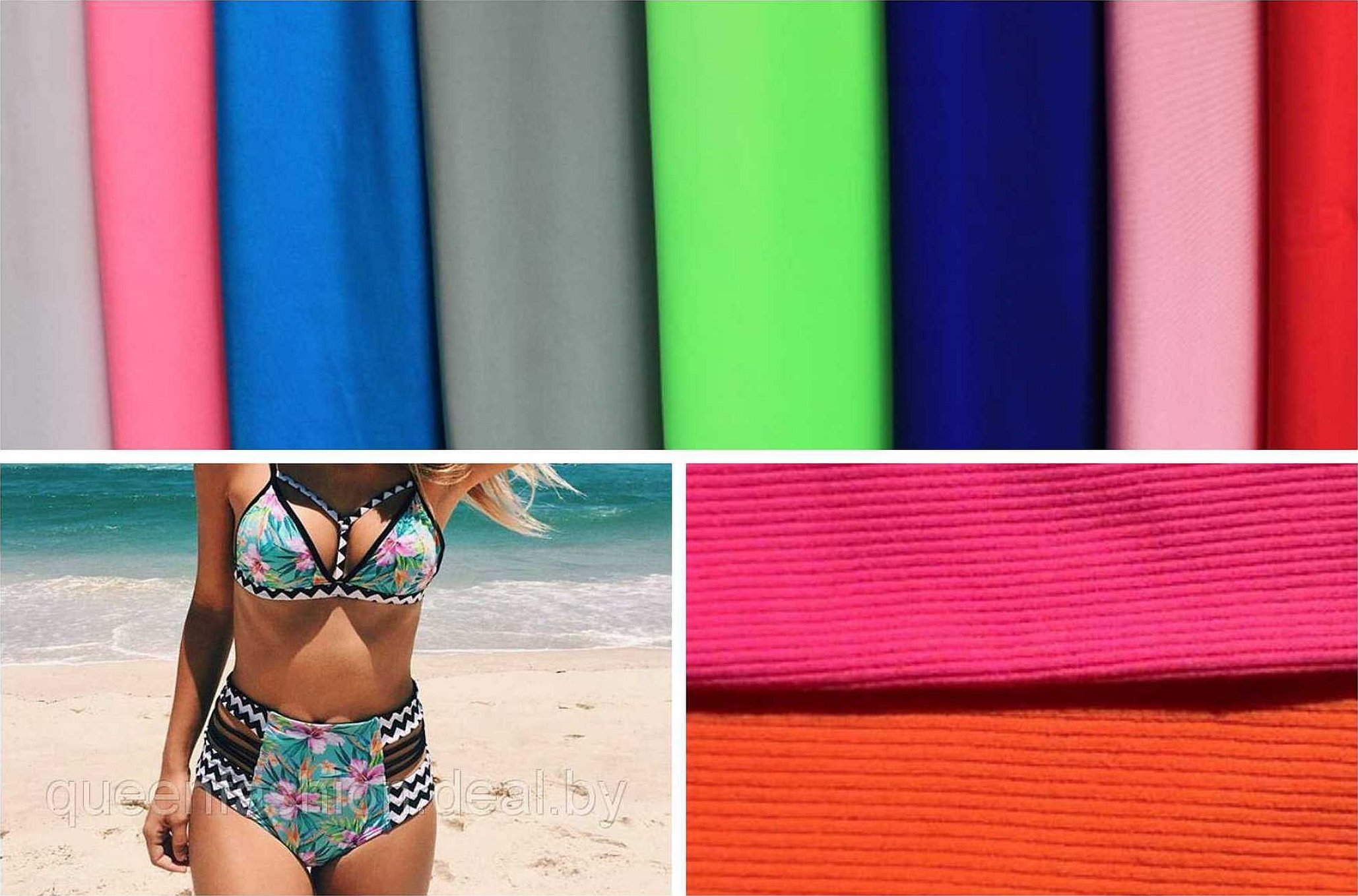
Important! A bathing suit should in no way rub or retain water. That is, the material for the product should provide a proper fit, softness, lightness, sun protection, hygiene, and hypoallergenicity.
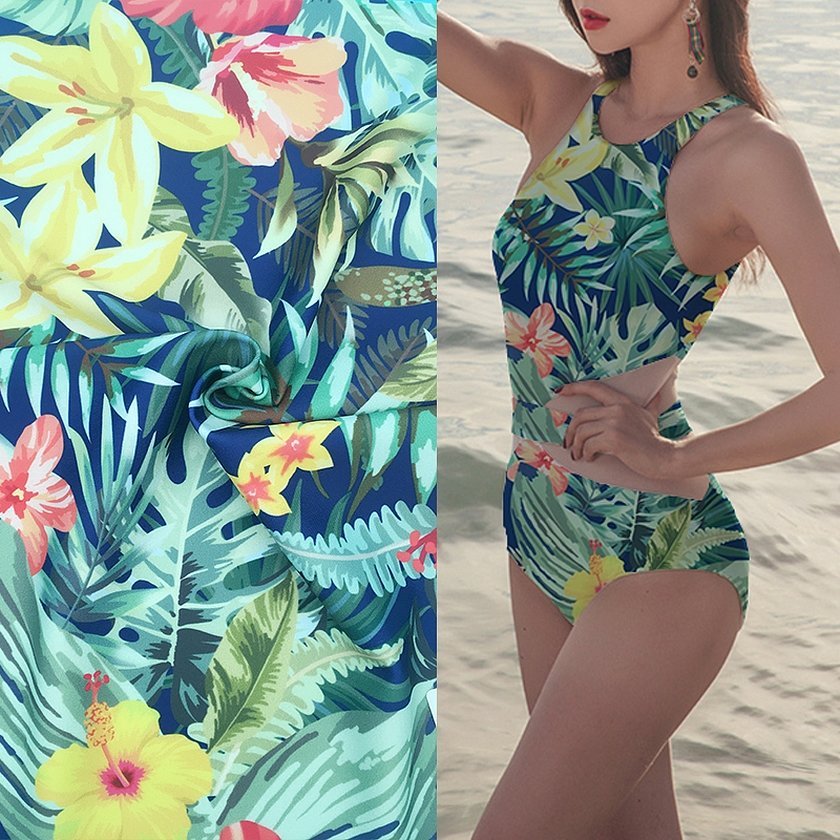
The most popular fibers used are cotton, lycra, polyester, polyamide and nylon. The following fabrics are made from them:
- lycra (or elastane, or spandex);
- nylon;
- tactel;
- fabric Oil.
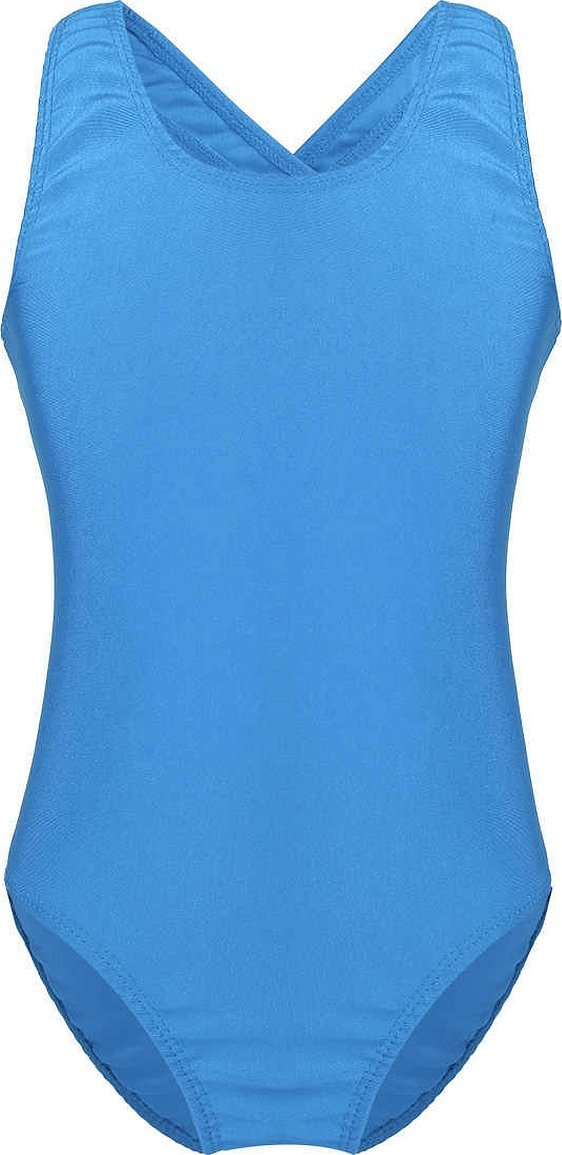
Lycra (elastane, spandex)
Lycra fibers do not exist in pure form, they are usually added to nylon or cotton. The cotton version is in particular demand due to its environmental friendliness. Such swimsuits are used both for the beach and for professional sports. They are ideal for those who are prone to skin allergic reactions and for pregnant women. If the swimsuit fabric does not contain lycra, it will absorb water very poorly, stretch and lose its appearance.
Swimsuits with lycra have a beautiful shine and are able to hide some figure flaws. These fibers usually make up to 20%. A large amount of lycra can overtighten the body, which is extremely uncomfortable.
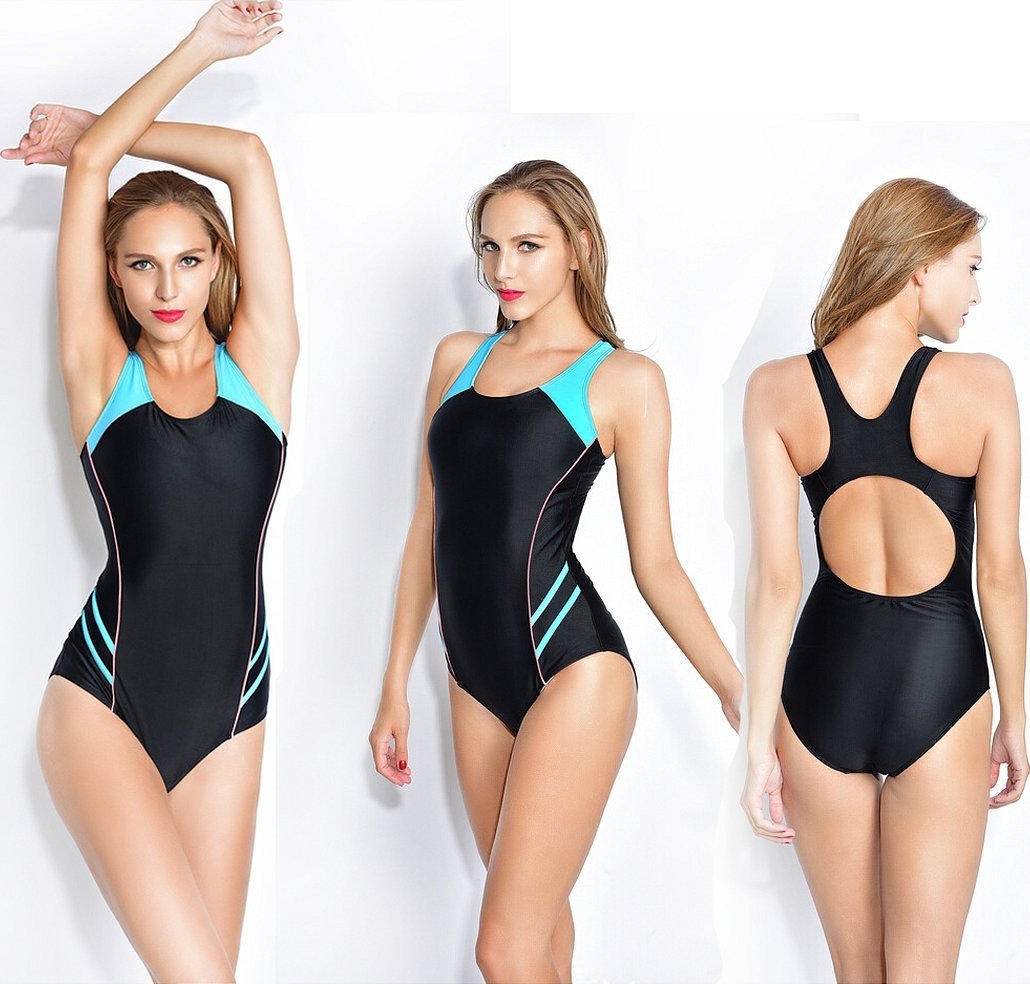
Nylon
This is one of the varieties of dense polyamide, but more durable. Polyamide itself is a synthetic fabric with good elastic properties. One of the popular options for swimming, as it perfectly lets air through, dries quickly, has good elasticity, and is wear-resistant. Often a little elastane is added to it to improve the characteristics.
Unlike pure polyamide or polyamide with Lycra, nylon is not very resistant to sunlight, and exposure to chemicals in the water ruins its appearance. Nylon is most often used to sew sports swimsuits, for example for professional swimmers or gymnasts.

Tactel
This is the name of a fabric that is combined from elastane and knitted fibers. It has appeared on the market not so long ago, but it already occupies a leading position due to its properties. Tactel, like no other fabric, allows the body to breathe well, is resistant to mechanical impacts, fits perfectly on the figure and is very soft to the touch. This material is 3 times stronger than pure cotton, dries quickly, can have a different texture, dries 8 times faster than pure cotton, does not wrinkle. Dactyl is very easy to care for.

Fabric Oil
This material first appeared in the United Arab Emirates, but quickly gained popularity all over the world. It is a knitted fabric that stretches well. Oil has a wide variety of colors, textures (matte or shiny), prints. The fiber is 100% polyester, i.e. the material is very budget and synthetic. It comes in different densities, which determines its ability to dry quickly and pass air. Swimsuits are very rarely made from Oil fabric, and then mainly for gymnastics. This material is also popular for other types of clothing.
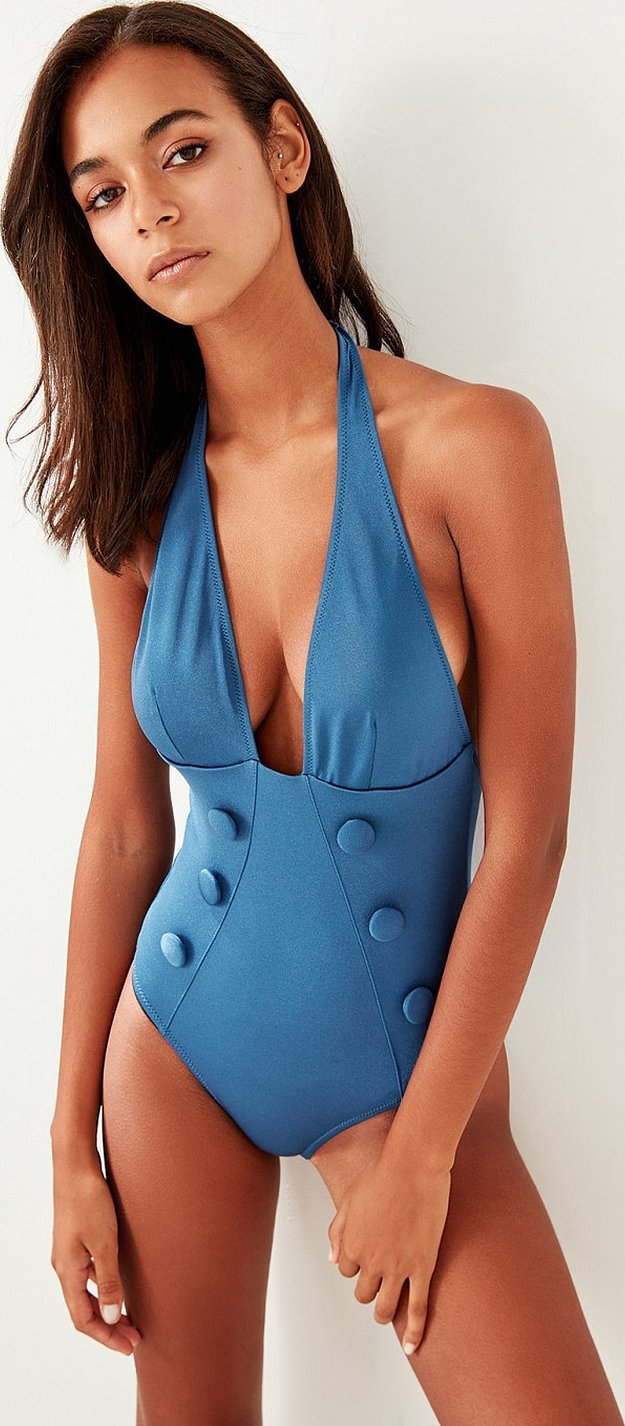
Biflex
Another name for a fabric that is not used very often. It is not suitable for swimming at all, because when wet it becomes very hard and uncomfortable for the body. In addition, when exposed to water, it deforms. However, this material is a favorite among gymnasts.
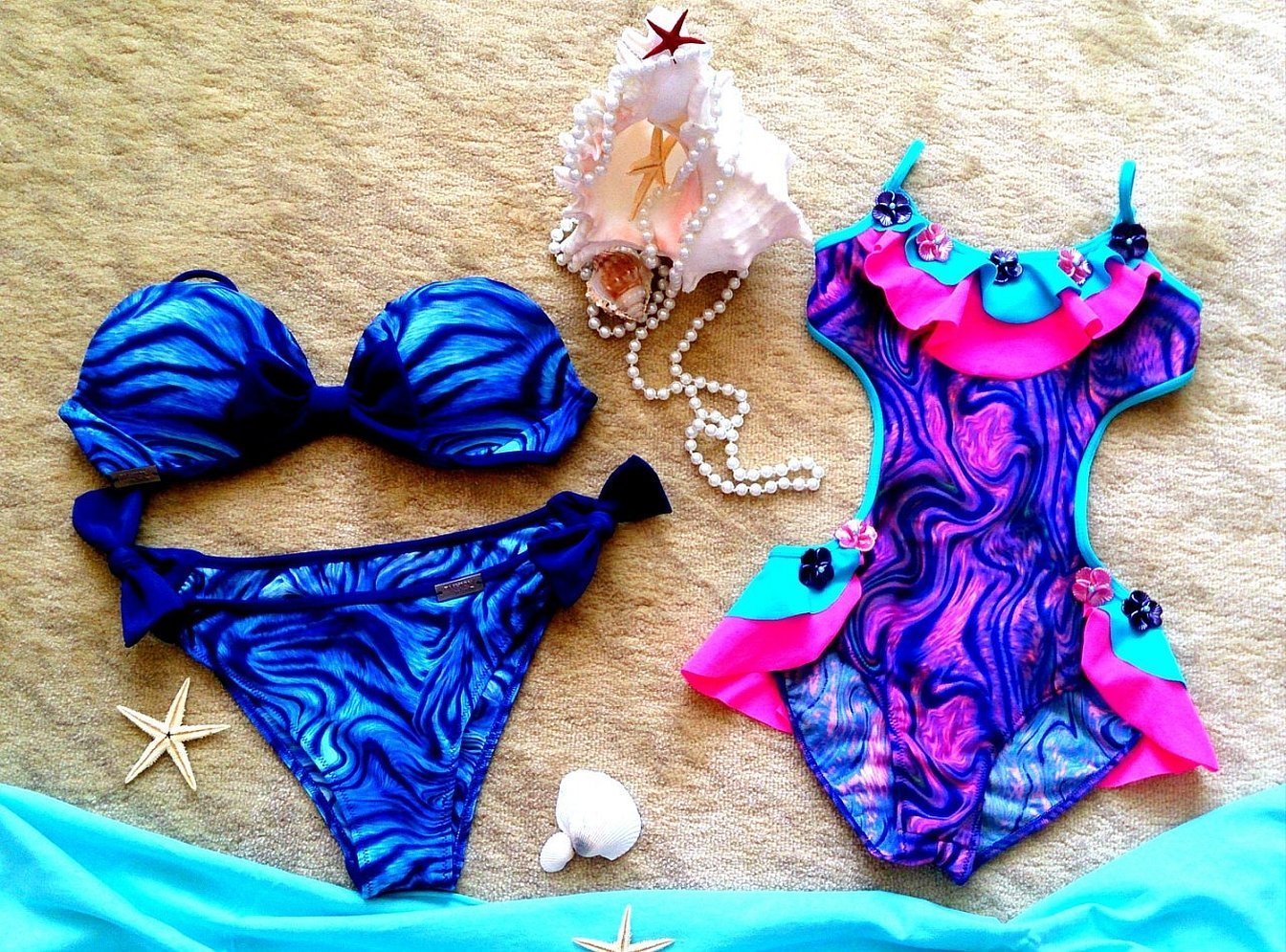
Microfiber
A swimsuit material that has appeared on the market quite recently. Microfiber is a fabric that includes polyester, polyamide, and cotton in varying percentages. The product is very soft, elastic, and quick-drying. The downside is that it is not durable, as these swimsuits can quickly lose their shape. They are often bought solely for sunbathing or for beach walks without swimming. Sometimes these swimsuits have a lining.
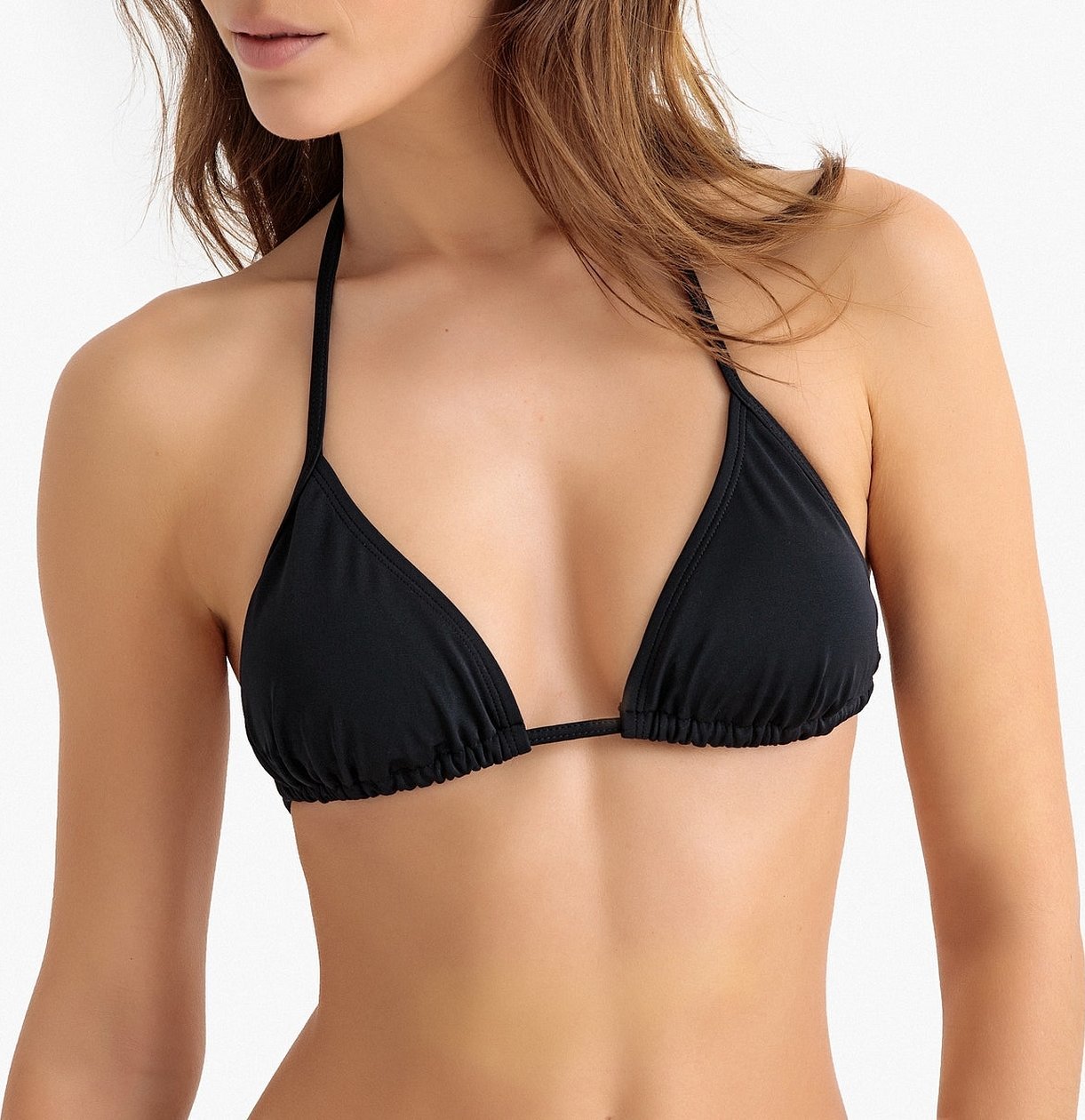
How to choose
When choosing a fabric for a swimsuit, it is important to consider all the requirements that may apply to it. Therefore, it is worth dwelling on this in more detail.
- Any beach clothing should provide good protection for the body from the sun's rays - this is the most important thing.
- The swimsuit should hold its shape well, not deform, not fade, not wrinkle during swimming and retain its original appearance for a long time.
- The fabric should moderately tighten the body to highlight all the advantages and hide the disadvantages; this property should remain after getting wet.
- Swimwear should dry as quickly as possible.
- The product must be durable, elastic and wear-resistant.

There is another category of swimsuits, which is usually called "sports". The choice of fabric for them is treated with great responsibility, because it should be like a second skin on the body. Therefore, first of all, you need to pay attention to the following properties:
- long service life and resistance to frequent use;
- the fabric should not wrinkle under any circumstances in order to look dignified at any performance;
- pleasant to the body, so that there is not a drop of discomfort;
- The skin should be able to breathe and not sweat.
As for gymnastics suits, athletes prefer biflex, which contains microfiber and lycra. Thanks to this, the swimsuit can stretch as much as 3 times. In addition, such fabrics are easily decorated for various competitions, for example, for rhythmic gymnastics, where the clothes should clearly emphasize the athlete.
Important! Periodically, lining material is added to a sports swimsuit.
Having information about what the swimsuit fabric is called and what properties it has, you can significantly simplify the time spent choosing in the store.
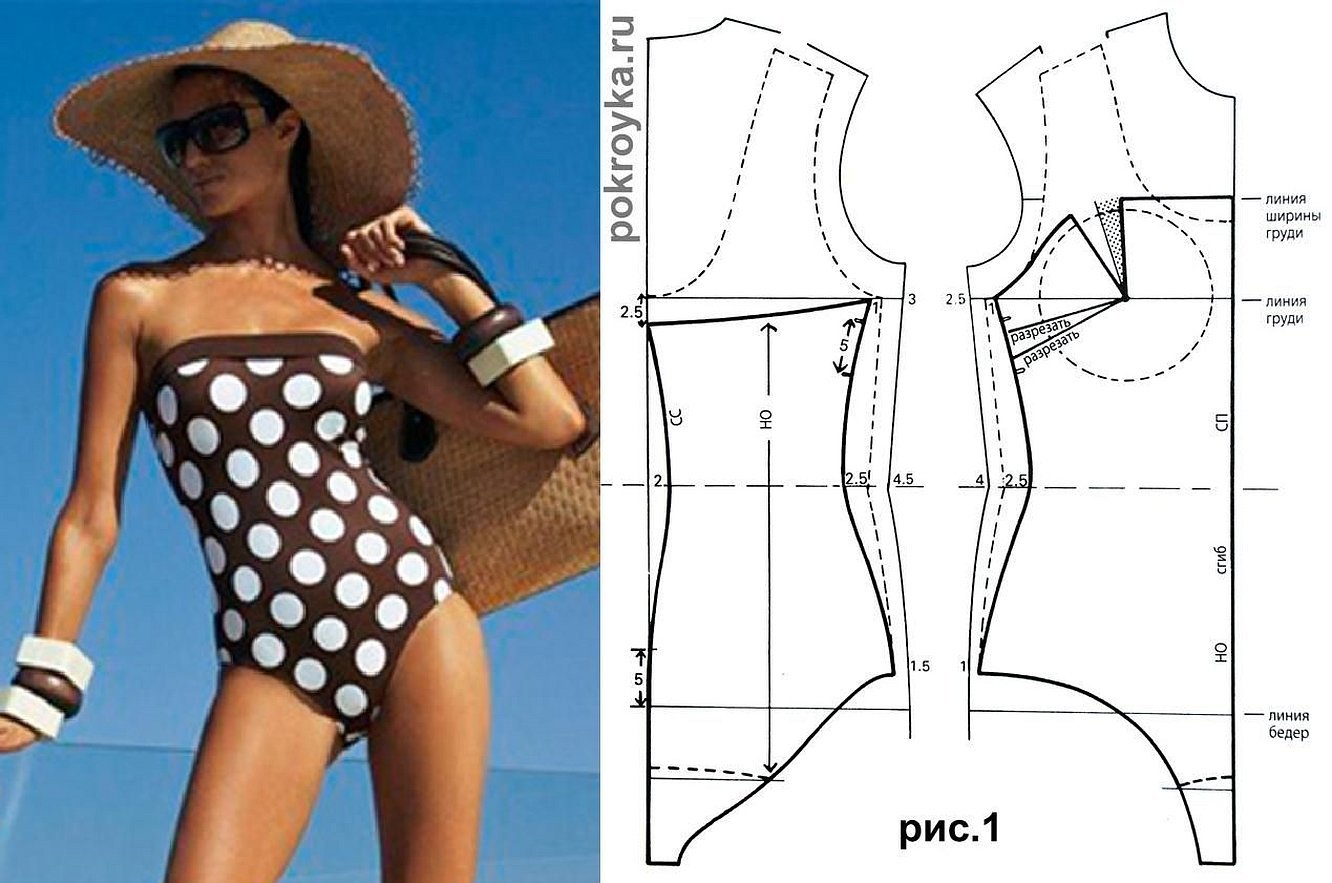
Step-by-step instructions for sewing swimsuits with your own hands
Despite the abundance of swimsuits on the market, you often want something of your own, something individual. There are also situations when you want the bottom of one swimsuit, the top of another, and the back of a third. In these cases, you can think about sewing it yourself. Knowing what fabric swimsuits are made of, you can quickly choose the one that suits your requirements. In the process of work, there are several nuances, knowledge of which will make the work easier.
- You need to choose patterns or make them yourself. First of all, it is recommended to search the Internet, because you can find many ready-made options there.
- After transferring the pattern to the fabric, cut out the details, which are recommended to be basted with a thin thread (and a needle, respectively). The details are folded and sewn with the right side inward.
- Depending on the type of fabric, individual sewing machine needles are selected. For example, for knitwear, they are rounded and form thin loops so as not to damage the product.
- When machine sewing, it is worth using waterproof or textured threads for overlock.
- To make the seams as elastic as the swimsuit itself, you need to choose narrow zigzag stitches (some models have specially designed elastic stitches).
- Each seam must begin and end with a tack.
- When sewing, the seam allowance must be overlocked.
- To make the swimsuit fit better, you can insert elastic into the seams (it should be waterproof and not lose its shape).
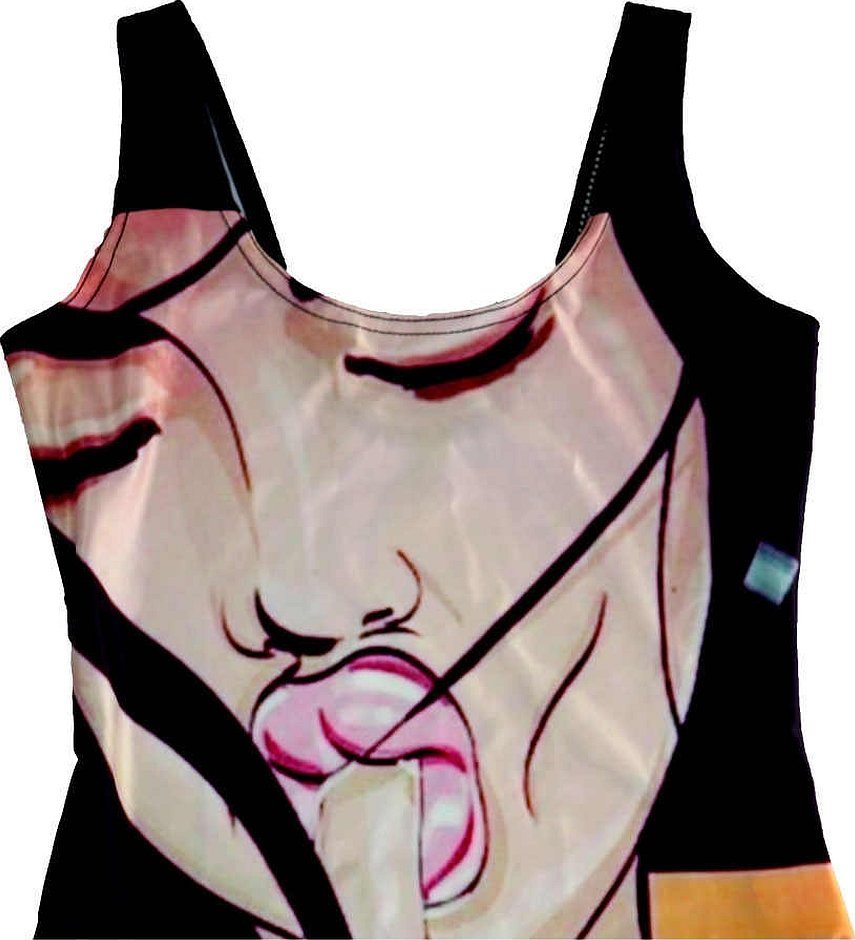
Proper care
To ensure a long service life of your swimsuit, it is recommended to follow these simple rules:
- After each swim, be sure to rinse your swimsuit so that no harmful substances remain on it, especially if it was in chlorinated pool water;
- hand wash only recommended;
- drying a swimsuit on a radiator or under other heat influences significantly reduces its service life, therefore it is recommended to dry it only naturally, or even better, in the open air;
- Many fabrics are prone to snagging, so swimwear should be worn with care;
- You shouldn't wring the fabric out too much, as it usually dries quickly anyway.
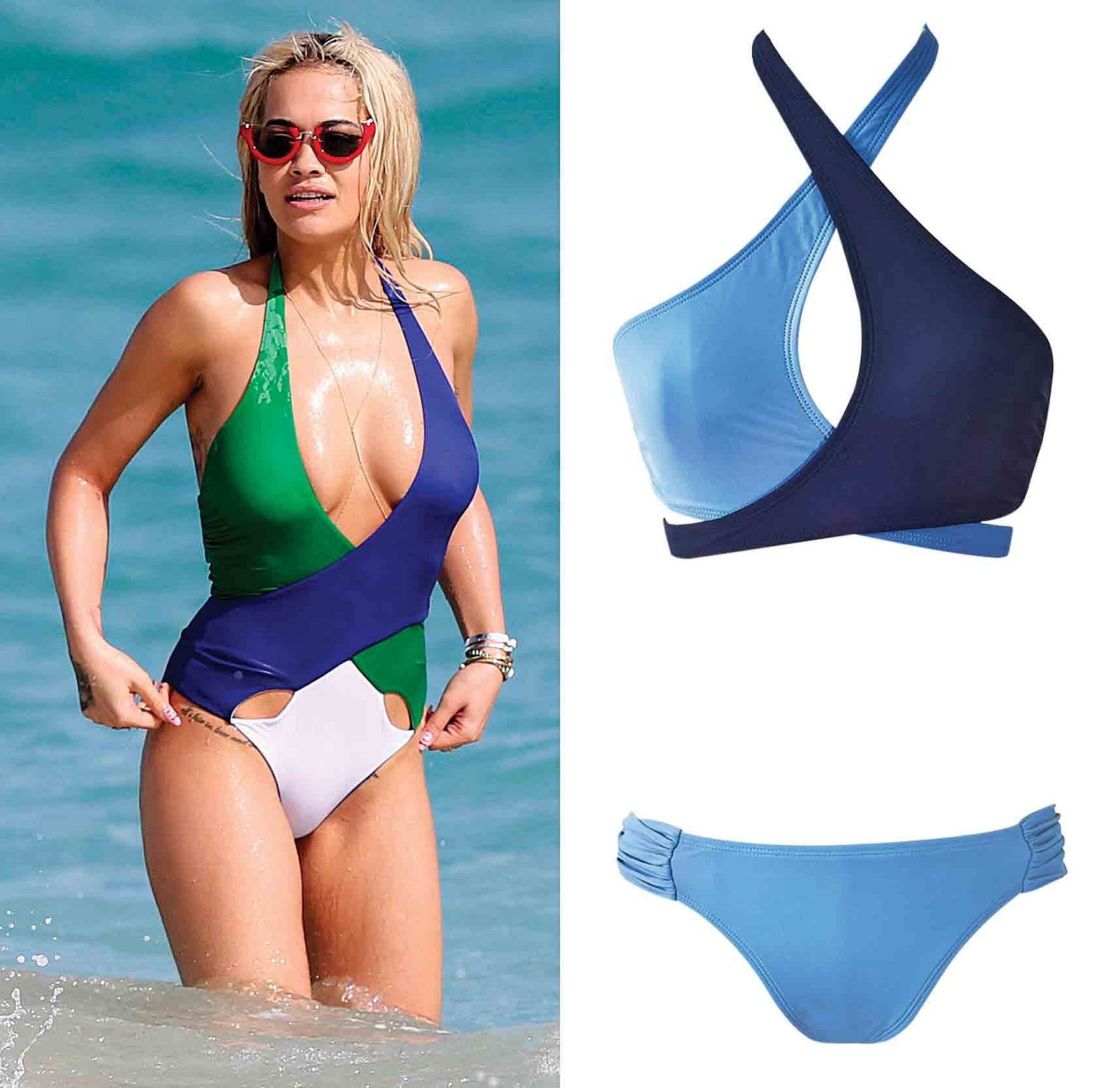
If you know all the nuances of choosing a material, you can approach the choice wisely. Information about what fabric is used to sew swimsuits for the beach will help you decide on your ideal option. Correctly chosen good material should bring only comfort to the body and serve for several seasons.




